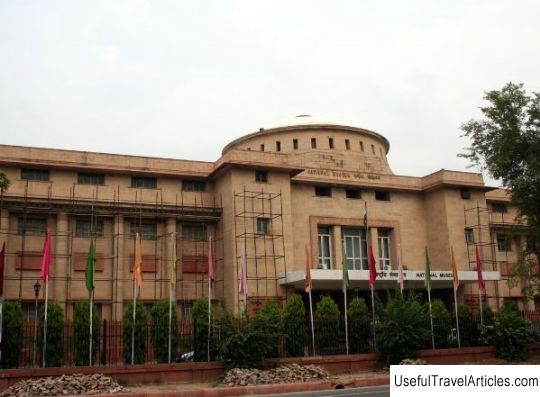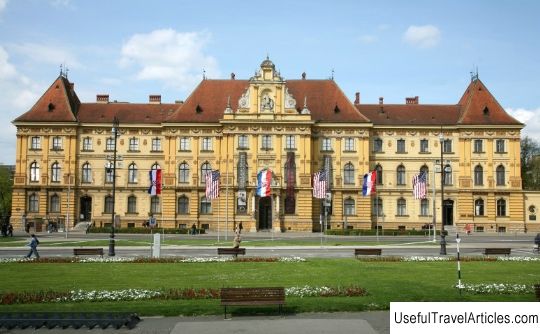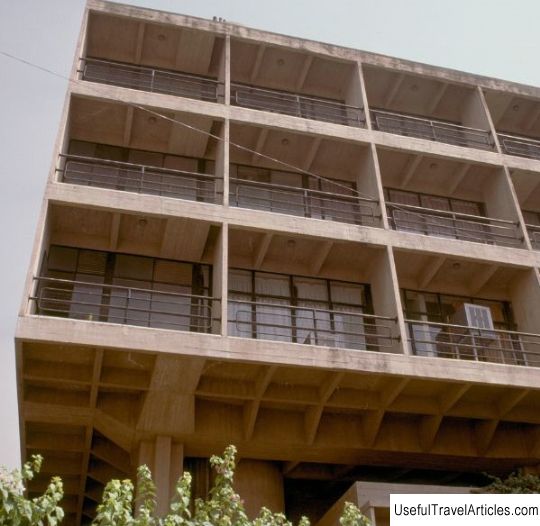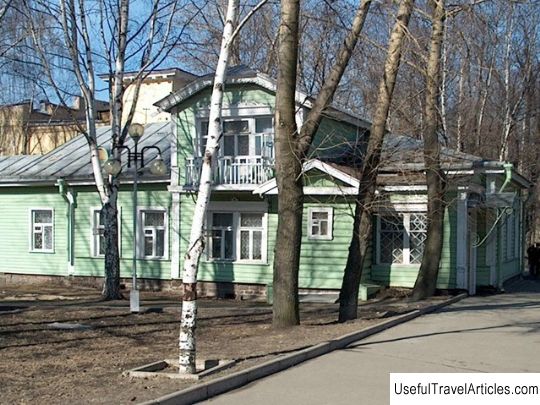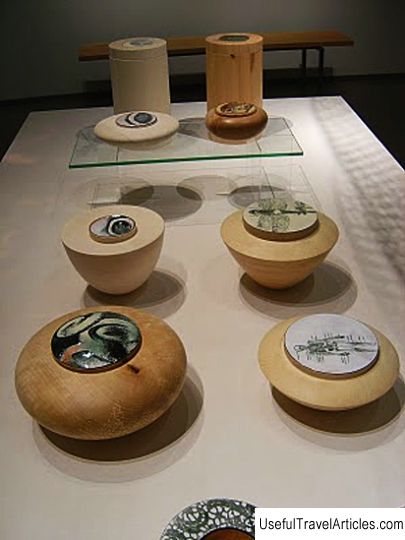Crafts Museum description and photos - India: Delhi
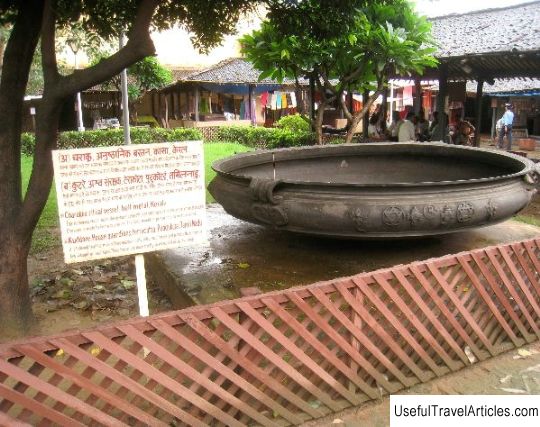
Crafts Museum description and photos - India: Delhi. Detailed information about the attraction. Description, photographs and a map showing the nearest significant objects. The name in English is Crafts Museum. Photo and descriptionOne of the largest museums in the city of New Delhi - the National Museum of Crafts (NHHM) - has been created for over 30 years. It was conceived as a kind of ethnographic camp where artisans from all over India could work in order to preserve the originality of Indian culture and various directions of folk craft. The foundation of the museum was laid back in the 50s of the last century. And by the 80s, it had already turned into a real craft center with a huge collection of unique exhibits made by folk craftsmen. And at the moment in the possession of the museum there are over 20 thousand objects of art, made in traditional styles, typical for various regions of India. The Museum of Crafts is a complex, which includes exhibition galleries, workshops, a research center, an archive, a photographic laboratory, as well as a small village, which is a building left after the 1972 exhibition, when various types of traditional village dwellings and temples were collected on an area of more than 2 hectares. The walls of almost every house are painted by artists who come to the museum from all over the country specifically to demonstrate their art. The galleries showcase clay, wood, metal products, ornaments made in various techniques. Textiles woven, dyed and embroidered by hand, scarves and sarees. Some of the exhibits are up to 300 years old. A visit to the museum will allow you to see a lot of new things and learn how to make wonderful things with your own hands. a research center, an archive, a photographic laboratory, as well as a small village, which is a structure left after the 1972 exhibition, when various types of traditional village dwellings and temples were collected on an area of more than 2 hectares. The walls of almost every house are painted by artists who come to the museum from all over the country specifically to demonstrate their art.The galleries showcase clay, wood, metal products, ornaments made in various techniques. Textiles woven, dyed and embroidered by hand, scarves and sarees. Some of the exhibits are up to 300 years old. A visit to the museum will allow you to see a lot of new things and learn how to make wonderful things with your own hands. a research center, an archive, a photographic laboratory, as well as a small village, which is a structure left after the 1972 exhibition, when various types of traditional village dwellings and temples were collected on an area of more than 2 hectares. The walls of almost every house are painted by artists who come to the museum from all over the country specifically to demonstrate their art.The galleries showcase clay, wood, metal products, ornaments made in various techniques. Textiles woven, dyed and embroidered by hand, scarves and sarees. Some of the exhibits are up to 300 years old. A visit to the museum will allow you to see a lot of new things and learn how to make wonderful things with your own hands. which represents the buildings left after the 1972 exhibition, when various types of traditional village dwellings and temples were collected on an area of more than 2 hectares. The walls of almost every house are painted by artists who come to the museum from all over the country specifically to demonstrate their art.The galleries showcase clay, wood, metal products, decorations made in various techniques. Textiles woven, dyed and embroidered by hand, scarves and sarees. Some of the exhibits are up to 300 years old. A visit to the museum will allow you to see a lot of new things and learn how to make wonderful things with your own hands. which represents the buildings left after the 1972 exhibition, when various types of traditional village dwellings and temples were collected on an area of more than 2 hectares. The walls of almost every house are painted by artists who come to the museum from all over the country specifically to demonstrate their art.The galleries showcase clay, wood, metal products, decorations made in various techniques. Textiles woven, dyed and embroidered by hand, scarves and sarees. Some of the exhibits are up to 300 years old. A visit to the museum will allow you to see a lot of new things and learn how to make wonderful things with your own hands. when on the territory of more than 2 hectares various types of traditional village dwellings and temples were collected. The walls of almost every house are painted by artists who come to the museum from all over the country specifically to demonstrate their art.The galleries showcase clay, wood, metal products, decorations made in various techniques. Textiles woven, dyed and embroidered by hand, scarves and sarees. Some of the exhibits are up to 300 years old. A visit to the museum will allow you to see a lot of new things and learn how to make wonderful things with your own hands. when on the territory of more than 2 hectares various types of traditional village dwellings and temples were collected. The walls of almost every house are painted by artists who come to the museum from all over the country specifically to demonstrate their art.The galleries showcase clay, wood, metal products, decorations made in various techniques. Textiles woven, dyed and embroidered by hand, scarves and sarees. Some of the exhibits are up to 300 years old. A visit to the museum will allow you to see a lot of new things and learn how to make wonderful things with your own hands. metal products, ornaments made in various techniques. Textiles woven, dyed and embroidered by hand, scarves and sarees. Some of the exhibits are up to 300 years old.A visit to the museum will allow you to see a lot of new things and learn how to make wonderful things with your own hands. metal products, ornaments made in various techniques. Textiles woven, dyed and embroidered by hand, scarves and sarees. Some of the exhibits are up to 300 years old.A visit to the museum will allow you to see a lot of new things and learn how to make wonderful things with your own hands.         We also recommend reading Archbishop's Palace description and photos - Belarus: Mogilev Topic: Crafts Museum description and photos - India: Delhi. |
